Category: Cancer
-

Single blood drop to detect dozens of diseases
HealthTell is another single blood drop home diagnosis device. ApplySci described Dr. Eugene Chan‘s Nokia X prize winning similar system last month. HealthTell claims to detect disease by monitoring the body’s immune response. Infection antibodies are detected with a peptide built semiconductor wafer. When a few drops of blood hit the surface, antibodies stick to the…
-
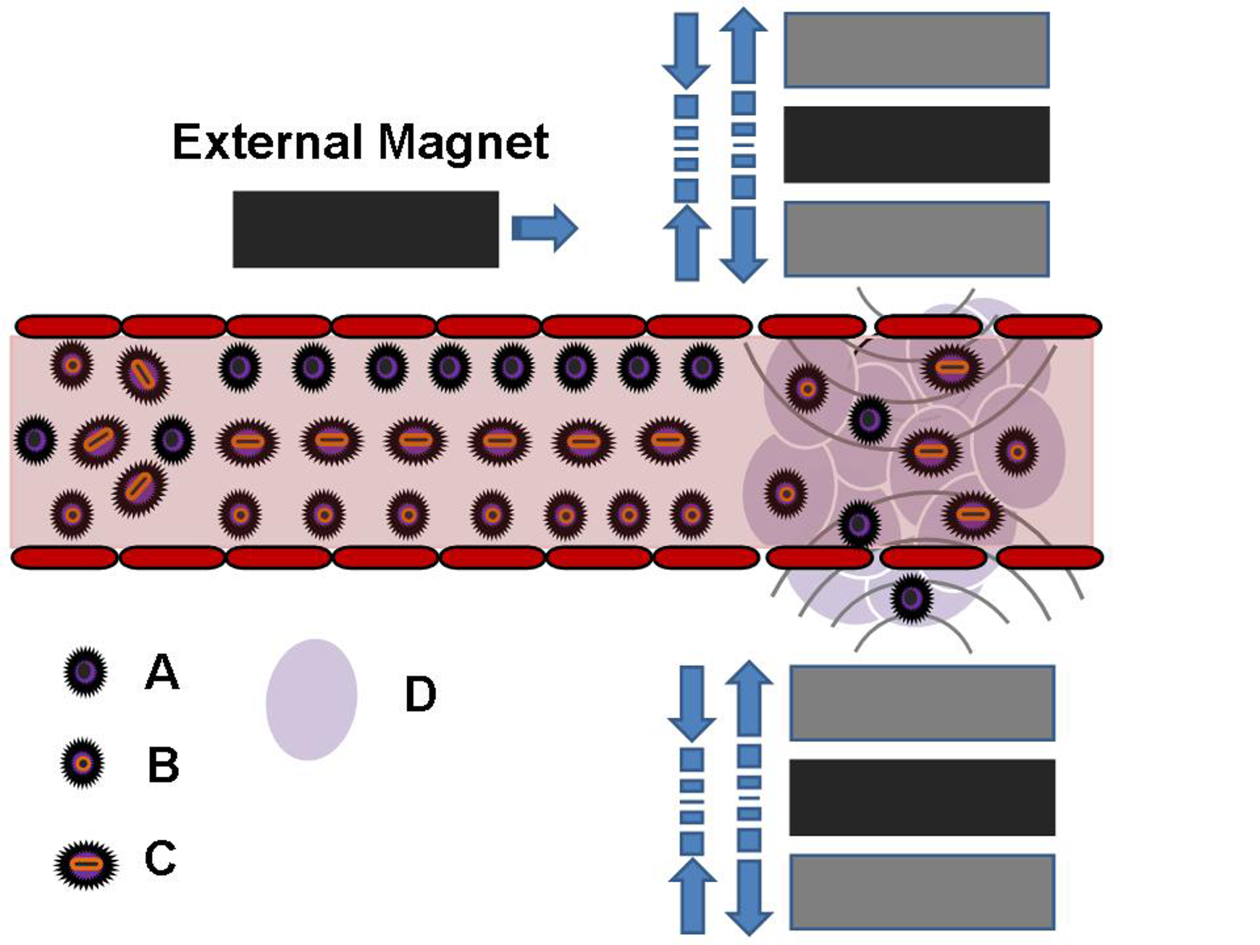
Non-invasive, magnetic, deep tissue drug delivery
Current magnetic drug delivery therapies allow particles to be attracted to a magnet, but not concentrated toward points away from the magnet face. Clinical trials have concentrated on treatment to targets at or just below the skin surface. University of Maryland‘s Aleksandar Nacev and Benjamin Shapiro, with Weinberg Medical Physics, have developed a non-invasive dynamic inversion technique…
-
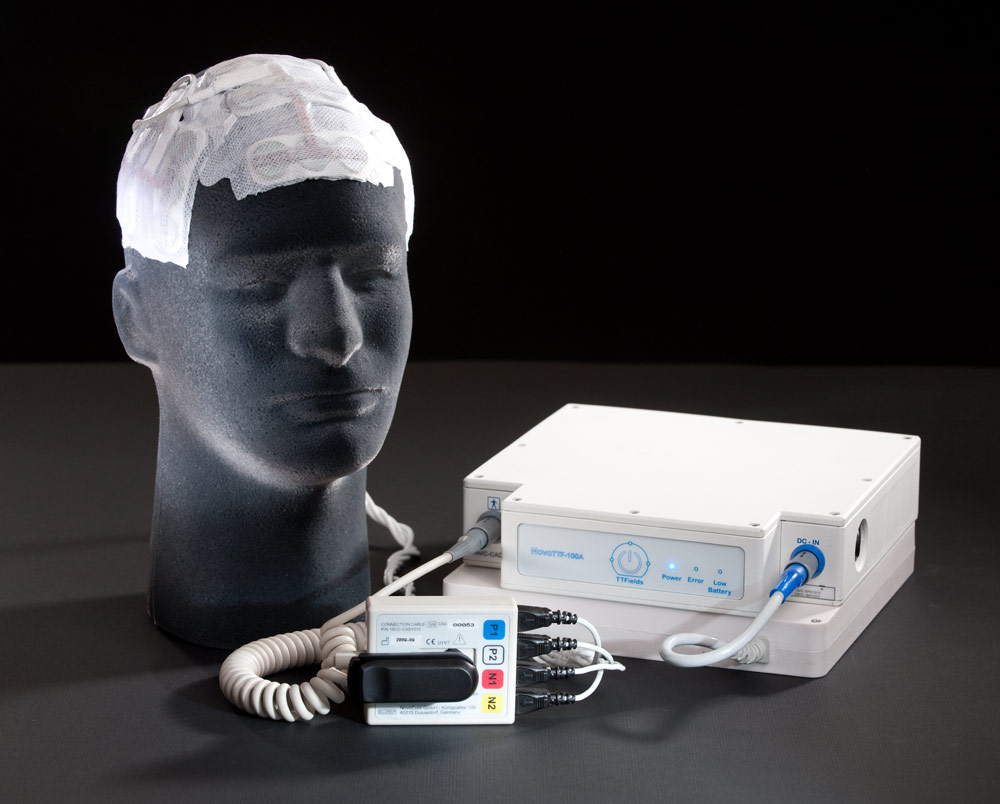
Wearable creates electric fields on scalp to treat brain tumors
Novocure, founded by Technion professor Yoram Palti, has developed a device worn on the head that creates alternating electric fields to treat brain tumors. The company announced that in a phase III clinical trial, its technology, in combination with standard chemotherapy, extended the lives of patients. Novocure claims that it “slows and reverses tumor growth by inhibiting…
-

Nanoparticle enabled simultaneous imaging to monitor disease
MIT‘s Jeremiah Johnson is developing nanoparticles that can simultaneously perform MRI and fluorescent imaging in animals. The goal is to allow scientists to track specific molecules produced in the body, monitor a tumor’s environment, or determine whether drugs have successfully reached their targets. A recent study used the particles to track vitamin C in mice. Where there was…
-
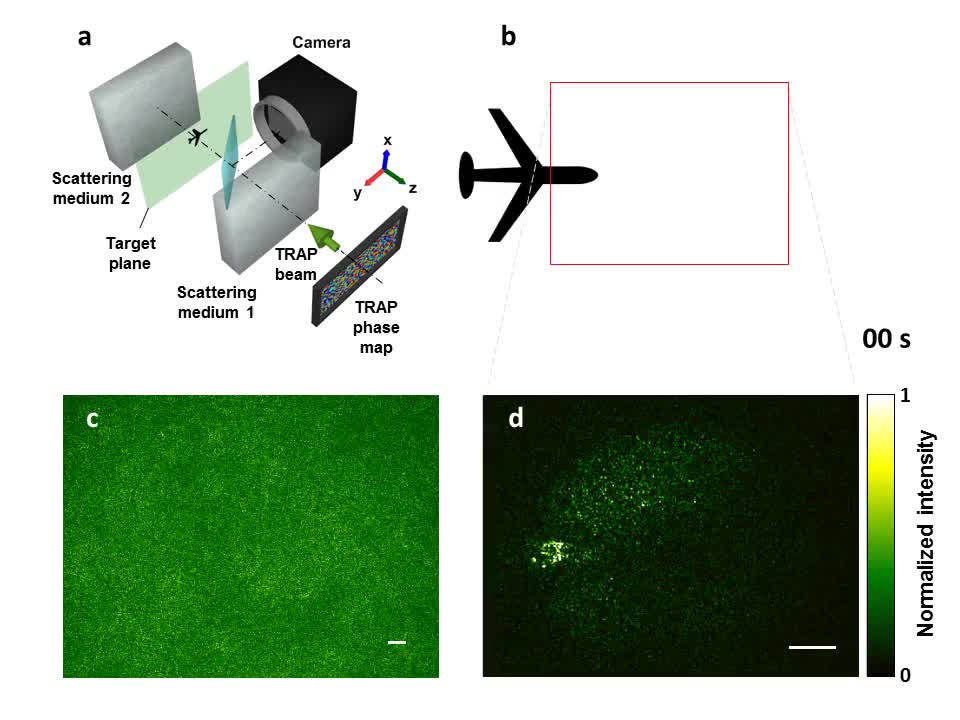
Reversing time improves cancer tissue imaging
Washington University professor Lihong Wang has developed a time-reversal technology that allows researchers to better focus light in tissue. The photo acoustic imaging combines light with acoustic waves to form a sharper image, several centimeters into the skin. Current high-resolution optical imaging technology allows researchers to see only 1 millimeter deep. The time-reversed adapted-perturbation (TRAP) optical focusing sends…
-
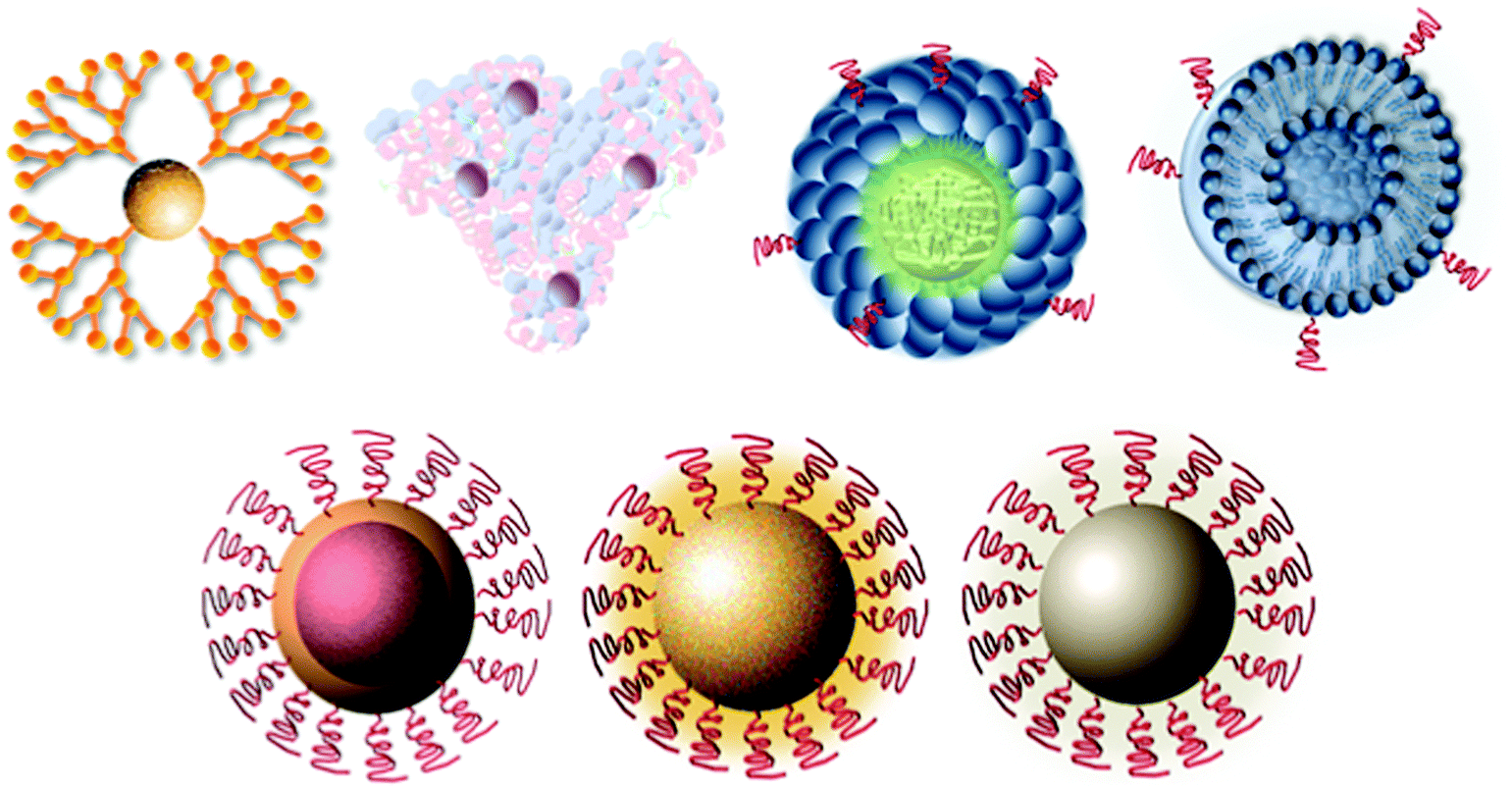
Nanoparticle sensor to detect illness early
Andrew Conrad, head of Google Lifesciences, has confirmed that the company is working on nanoparticle technology that would be swallowed, and used in combination with an external device to continuously monitor the blood to detect cancer, heart disease, and other health issues. It is known as the “Nanoparticle Platform.” While the technology is in an…
-

AI matches patients with clinical trials — in seconds
The Mayo Clinic will use IBM’s Watson to match colorectal, lung, and breast cancer patients with clinical trials, expediting a slow and inefficient process. 170,000 patient studies are being conducted worldwide at any given time–8,000 at the Mayo Clinic. Processing clinical trials is done manually, which involves sorting through patient records to ensure that proper…
-

Nanoparticle sensor detects breast cancer
In a paper published last week, University of Nebraska professor Ravi Saraf and fellow Chieu Van Nguyen describe a thin-film sensor that can detect breast tumors too small and deep to be felt with the fingers. Using the standard silicone breast model used to train doctors in manual breast exams, the film detected tumors as small as…
-
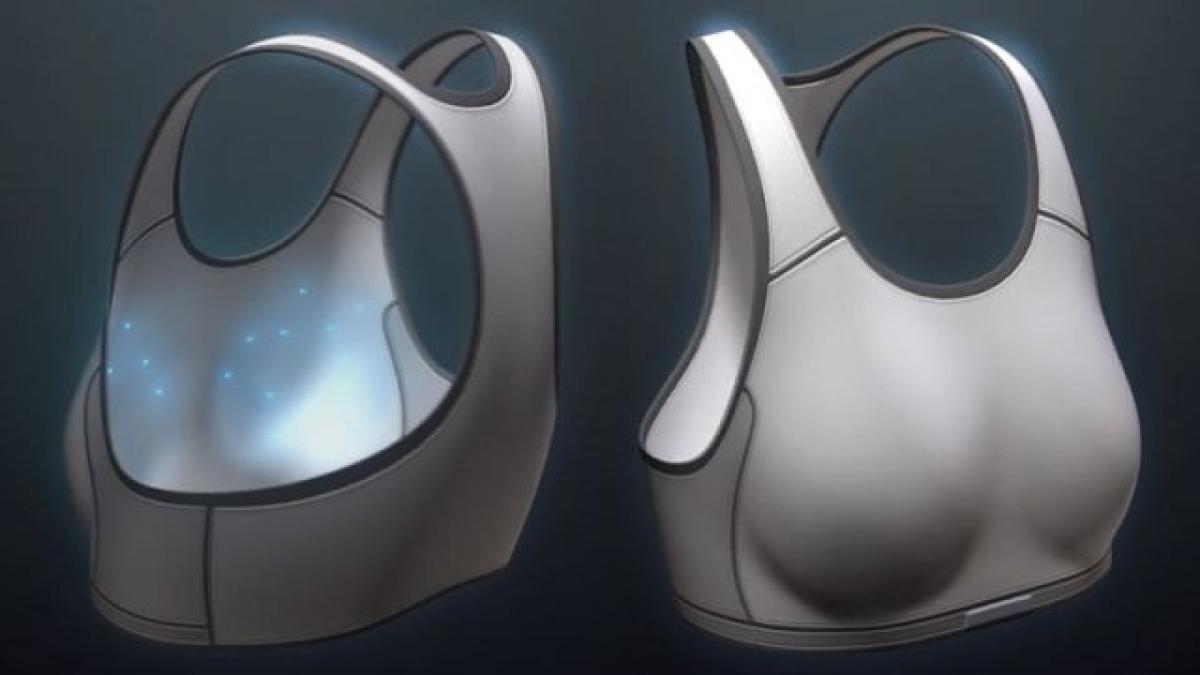
Cancer screening bra insert
First Warning, the breast cancer sensing bra company, has changed its strategy. They will now use the same temperature-fluctuation sensors from their smart bra in a device inserted into one’s existing bra. The data will be sent to a user’s smartphone. The sensor finds cancer by detecting tiny metabolic temperature changes caused by cancerous cells…
-
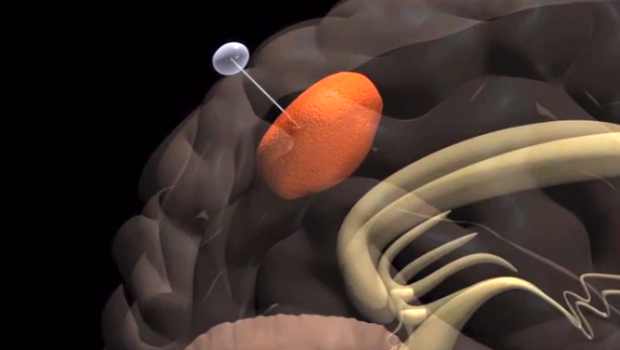
Study: Nanofibers partially “move” brain tumors to accessible locations
http://www.nature.com/nmat/journal/vaop/ncurrent/full/nmat3878.html http://www.research.gatech.edu/news/researchers-hijack-cancer-migration-mechanism-“move”-brain-tumors Glioblastoma cancers are difficult to treat because malignant cells spread through the brain by following nerve fibers and blood vessels to invade new locations. Professor Ravi Bellamkonda and Georgia Tech and Emory colleagues developed a technique they claim hijacks this migratory mechanism, turning it against the cancer by using a film of thin nanofibers to lure…
-
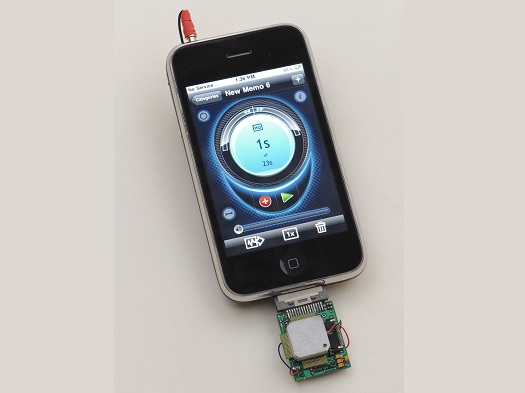
Chemical sensor app for lung cancer detection
Vantage Health/ STSI Press Release Vantage Health and Scripps Translational Science Institute are developing point-of-care chemical sensor apps. STSI will help validate the sensors, which can detect basic volatile organic compounds by using gas chromatography and mass spectrometry. They intend to use the sensor to detect VOCs commonly associated with lung cancer. Last month Vantage…
-

Cancer cells glow when viewed through surgical glasses
https://news.wustl.edu/news/Pages/26496.aspx Washington University Professor Samuel Achilefu has developed surgical glasses that detect tumors by making cancer cells glow and appear blue in color. This is accomplished through custom video technology, a head mounted display, and a targeted molecular agent that attaches to cancer cells. Tumors as small as 1 mm in diameter could be detected.…